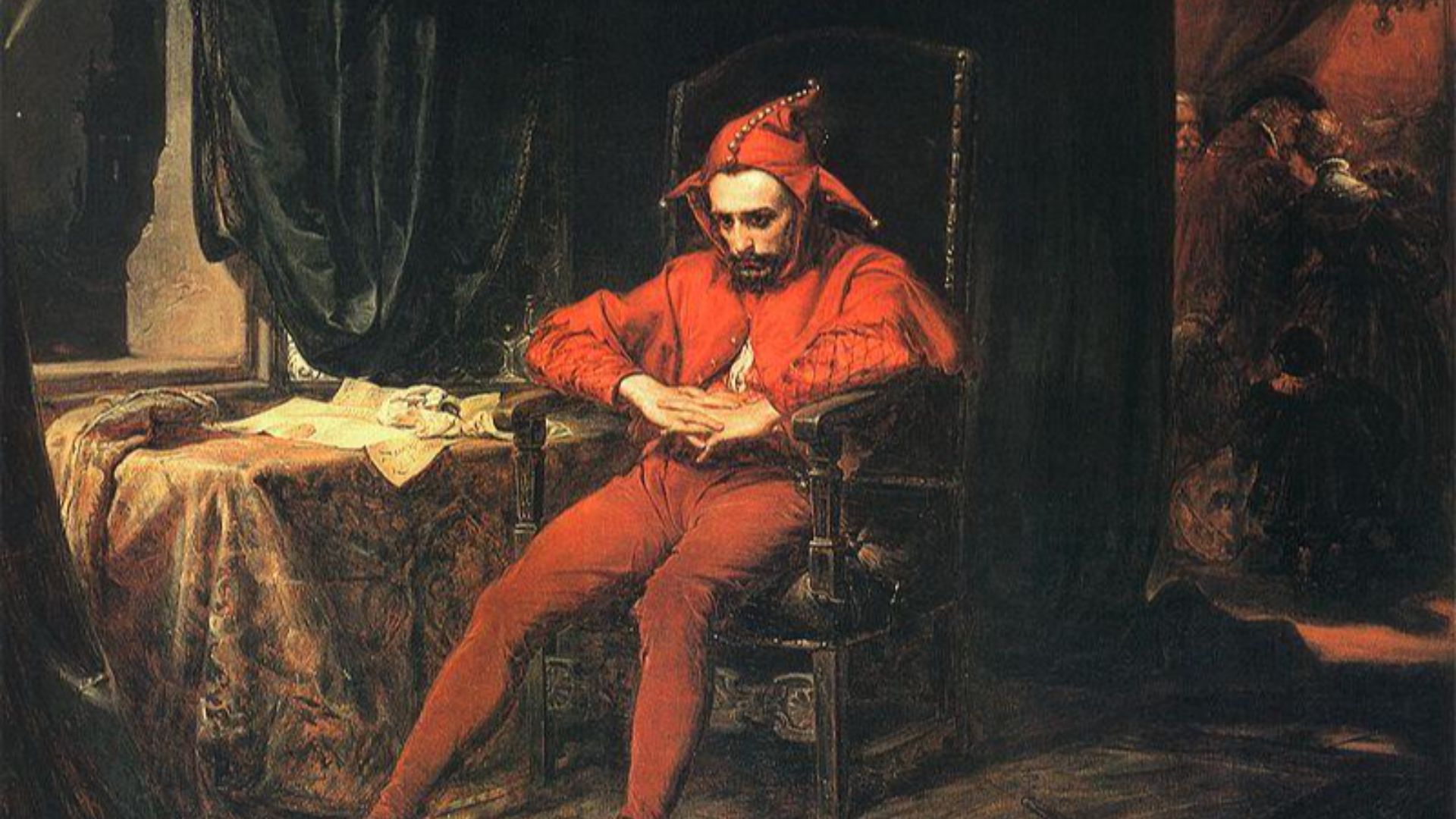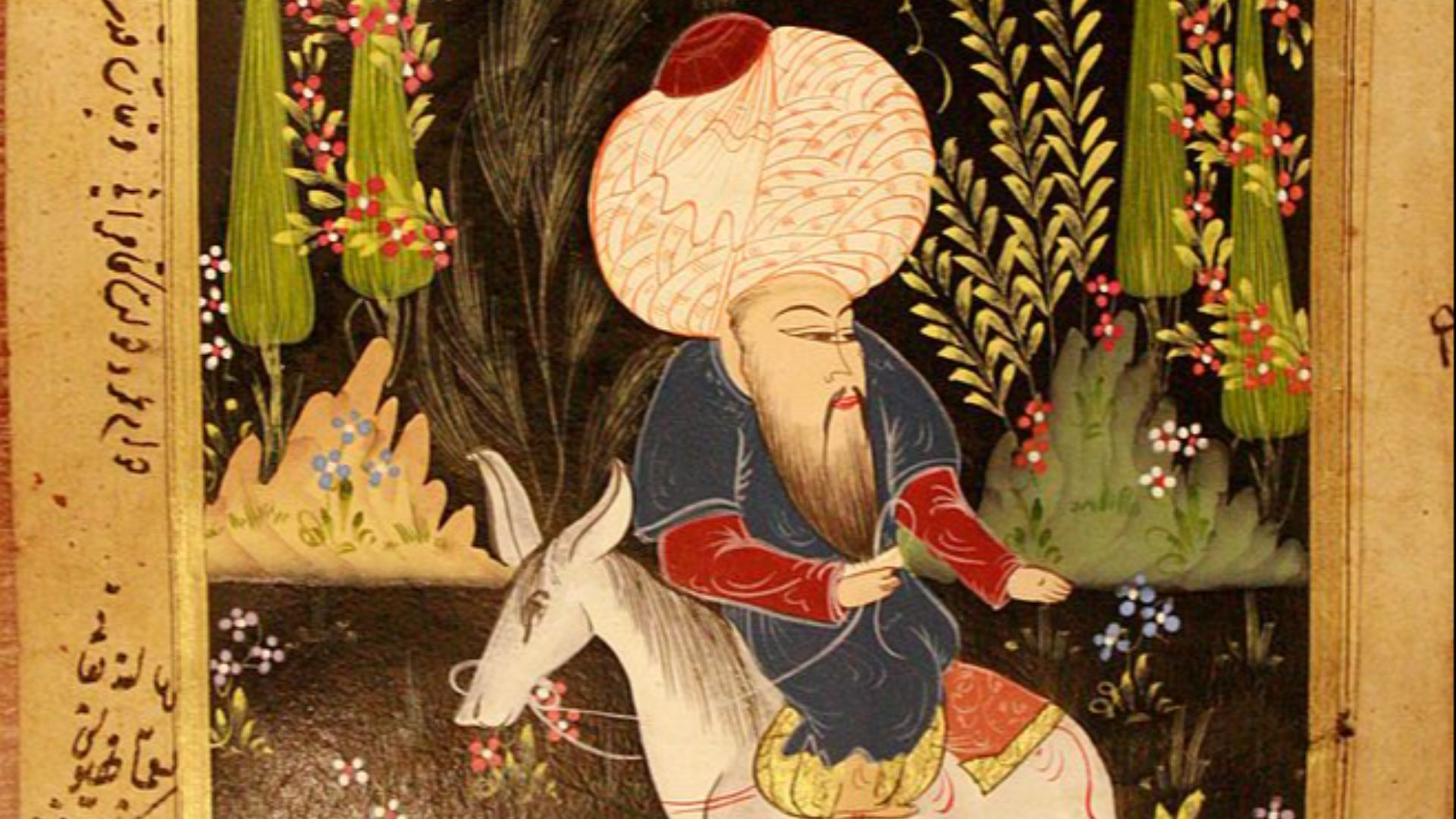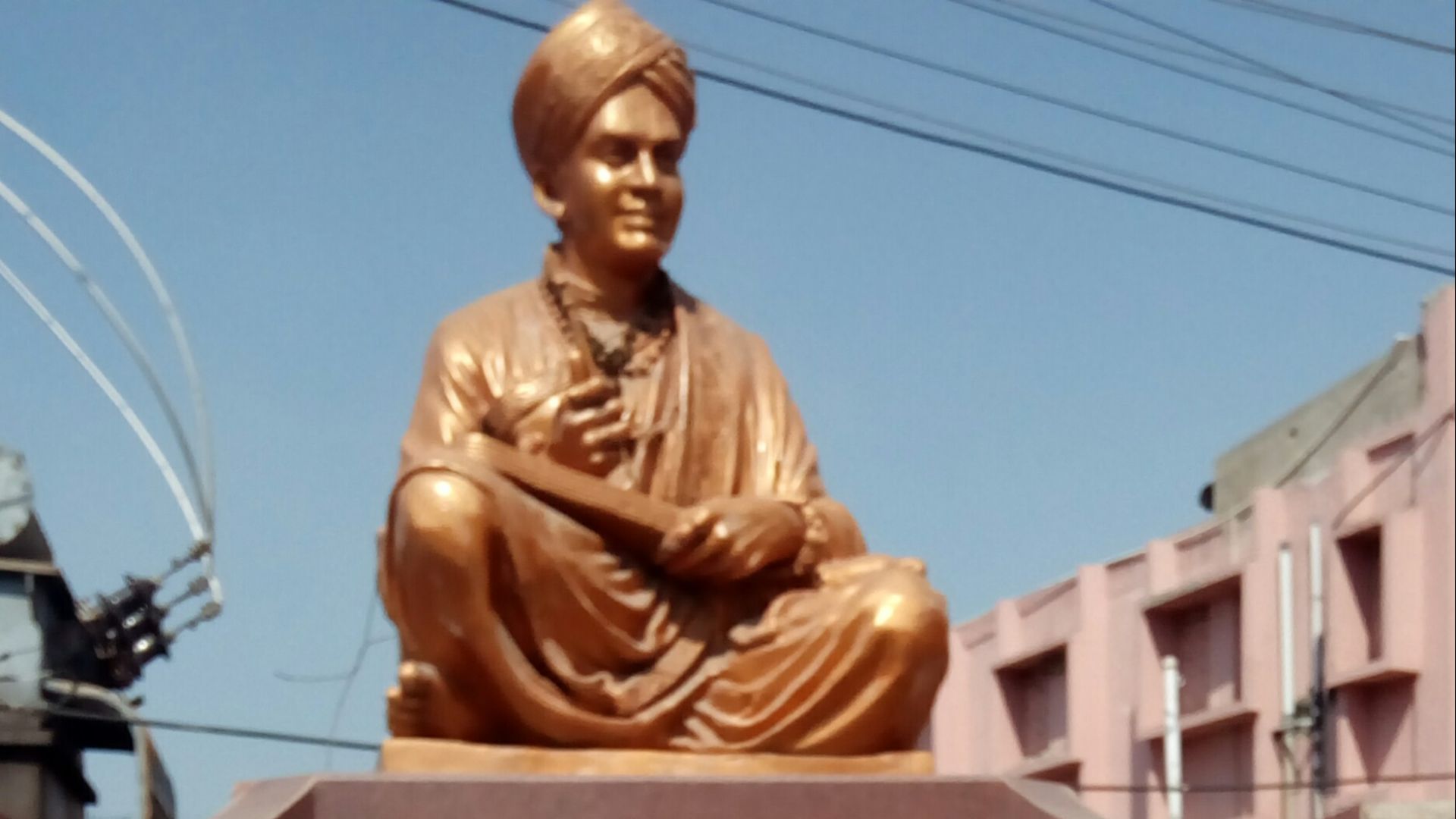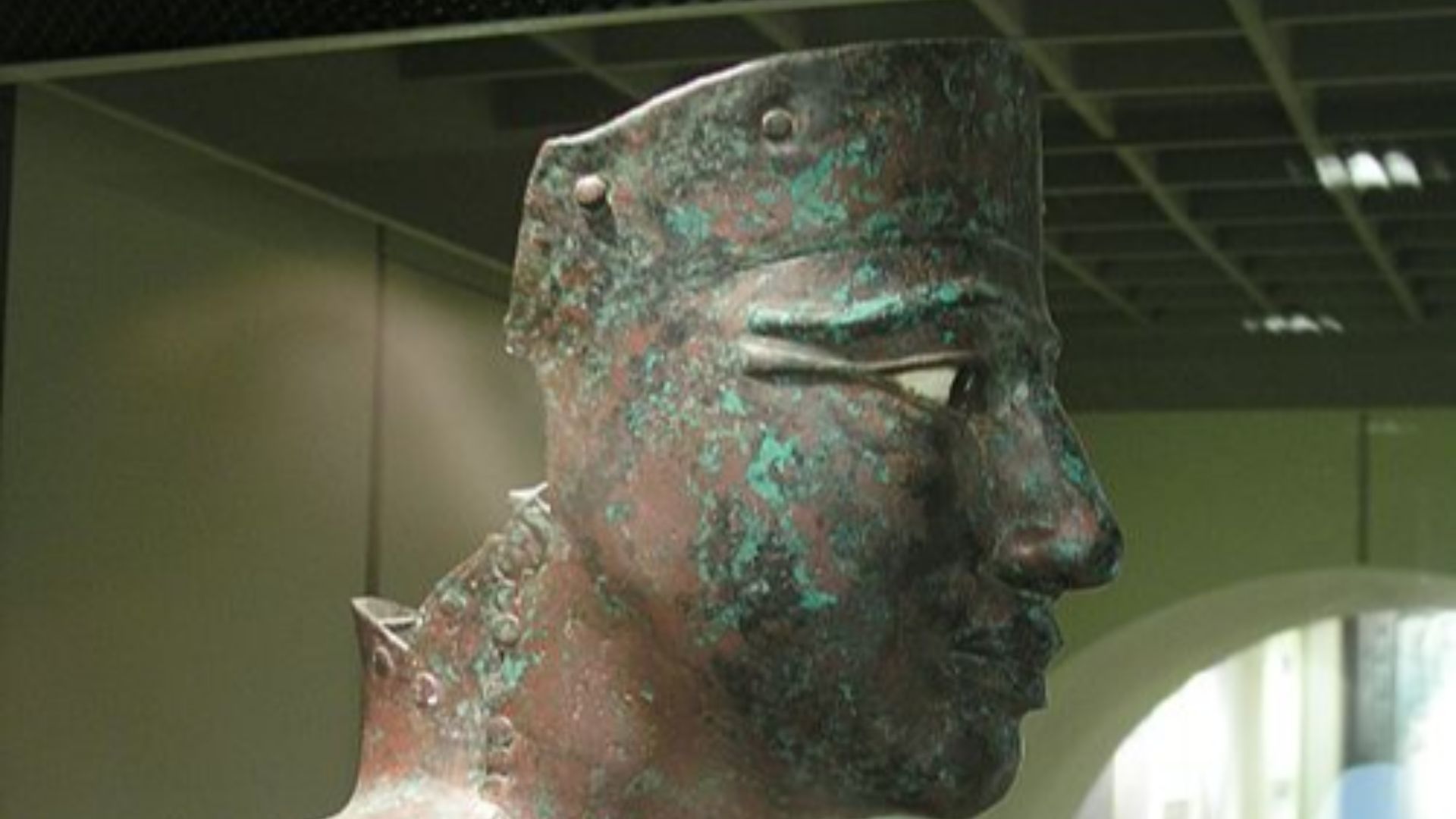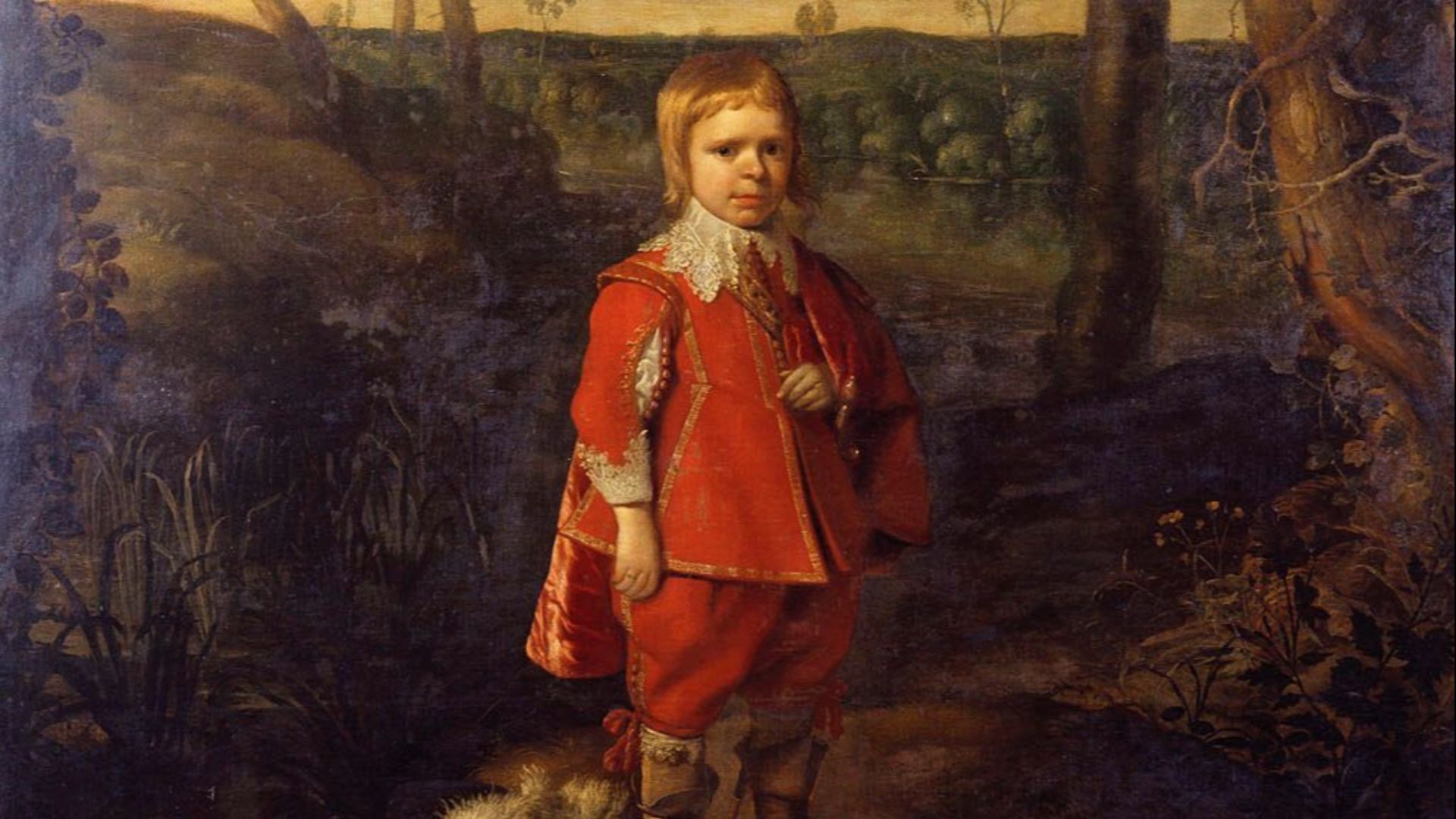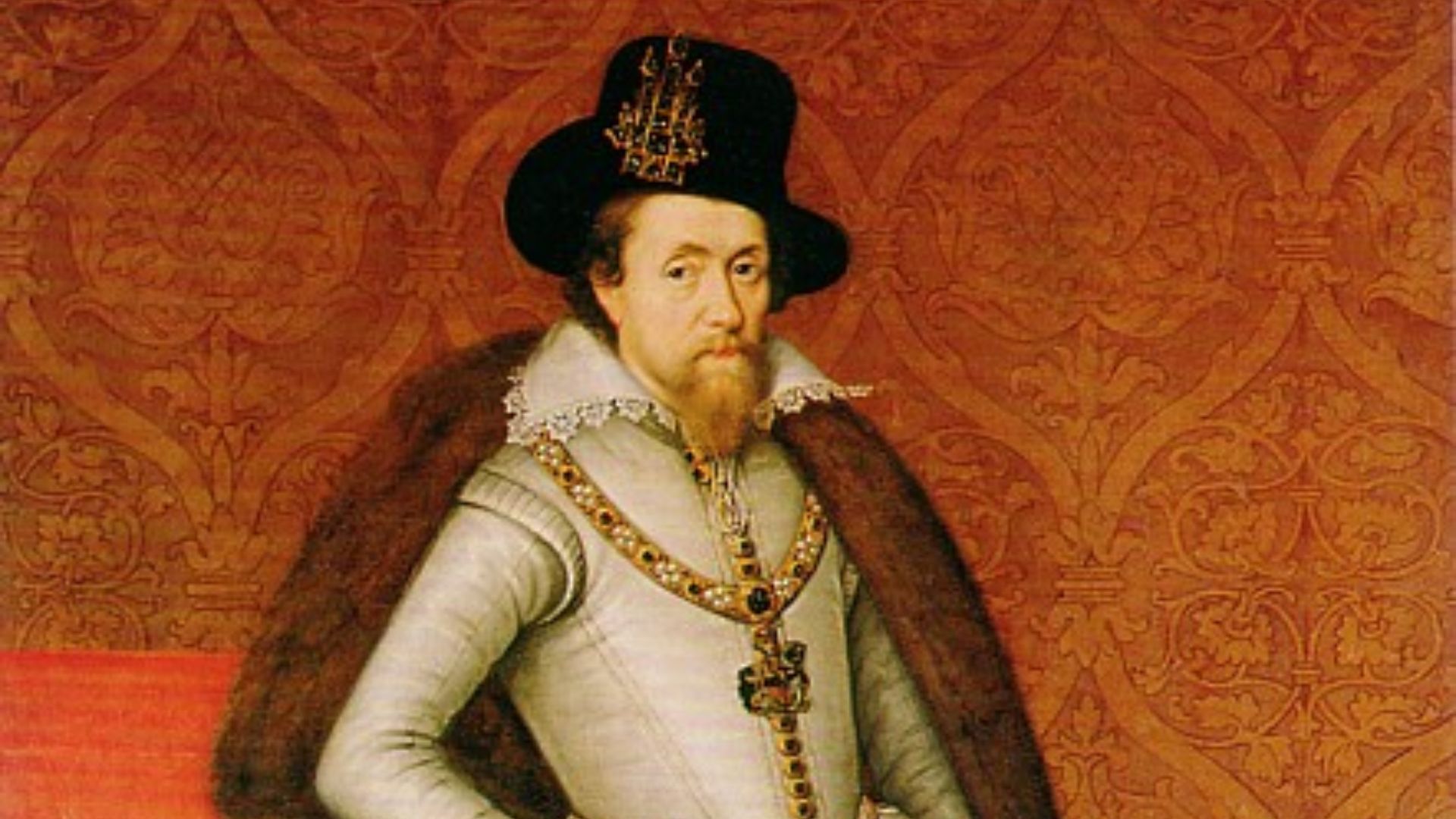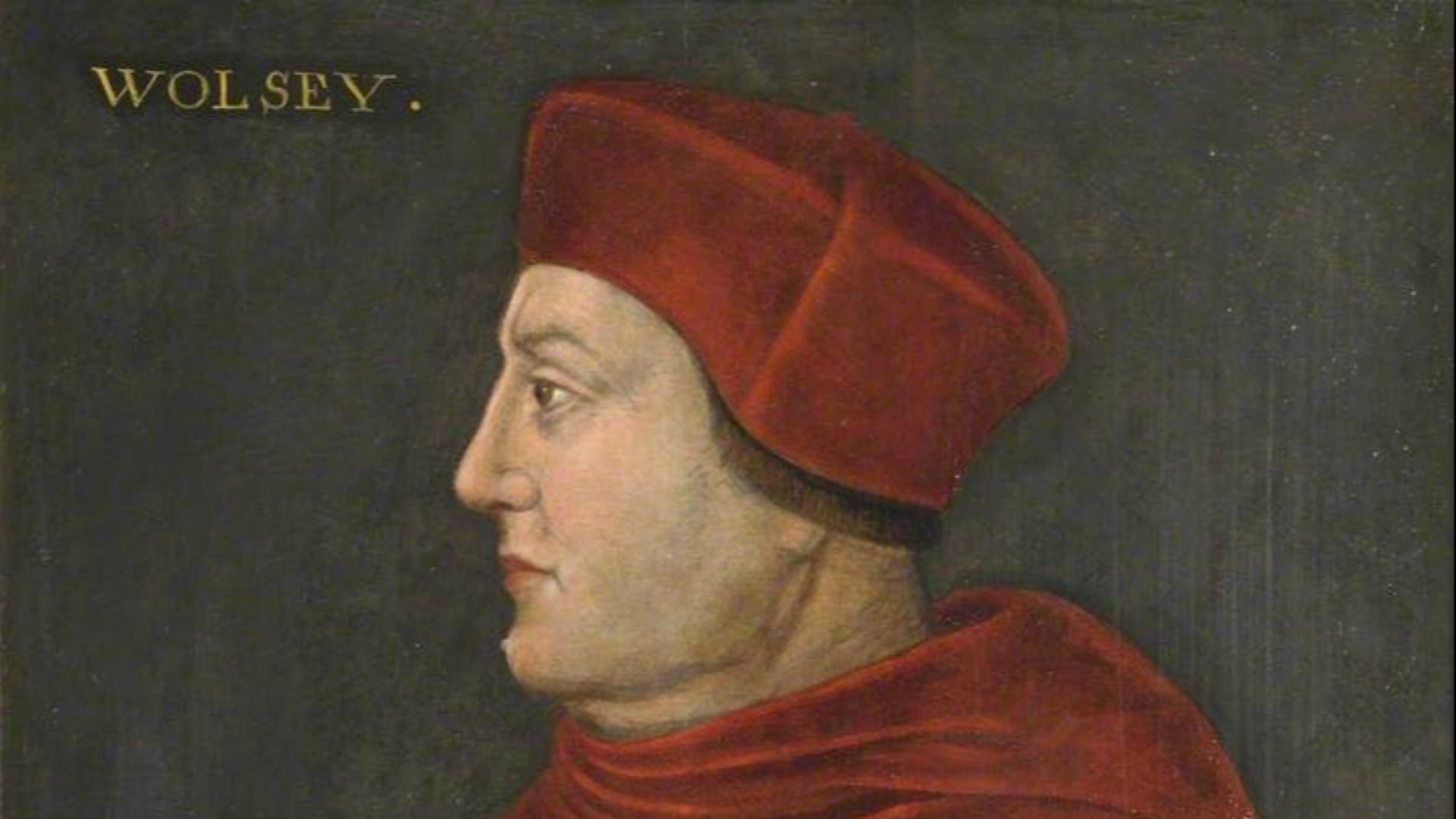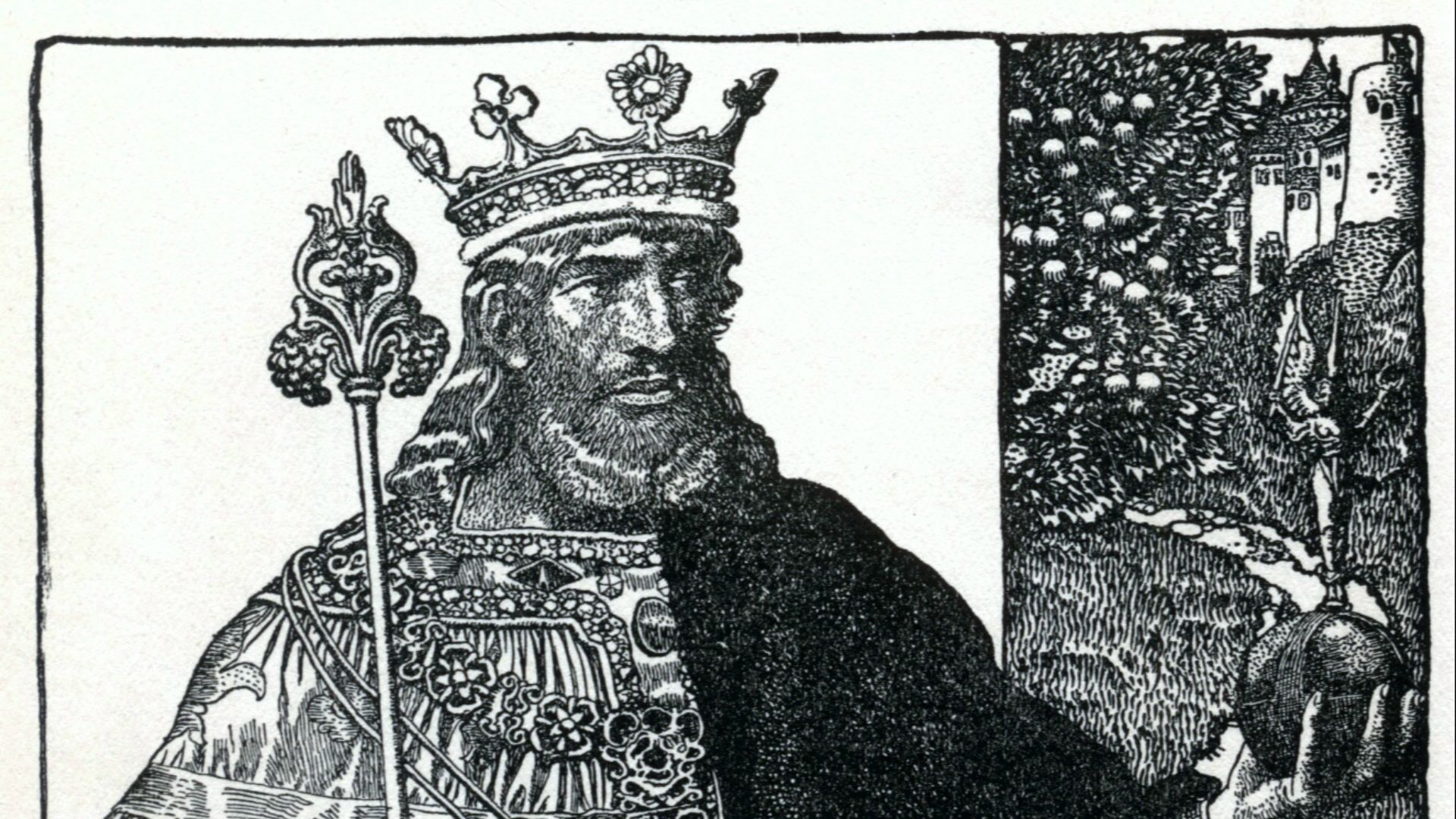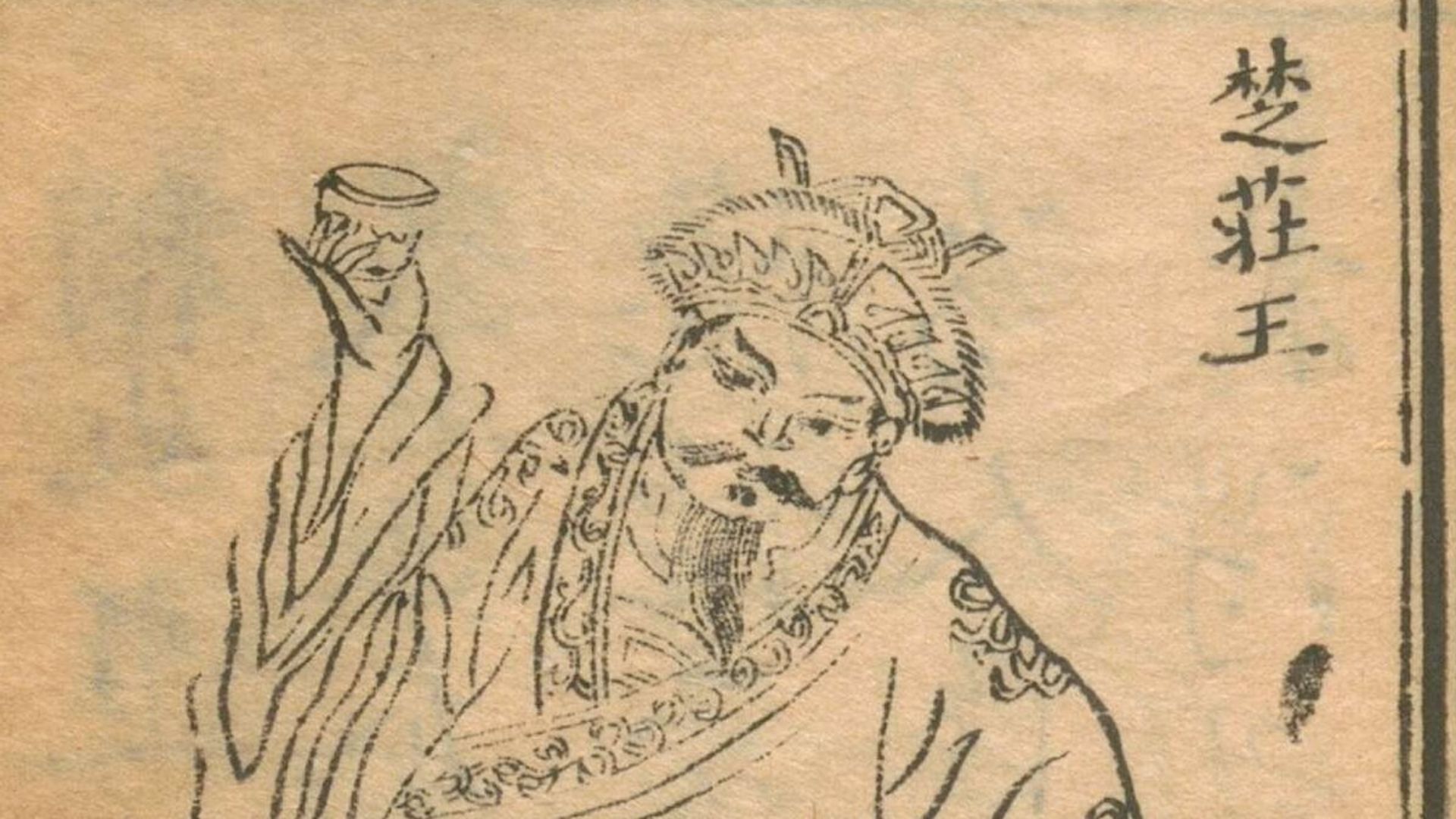Jesters & Jokers: 20 Ancient Comedians That Tickled and Terrified Their Rulers
Jesters & Jokers: 20 Ancient Comedians That Tickled and Terrified Their Rulers
The Fools Who Spoke Truth to Power
Court jesters weren't just entertainment. They occupied this weird liminal space between servant and confidant, between mockery and truth-telling, where they could say things that would get anyone else executed. The good ones understood this power. The great ones weaponized it. Here are 20 of history's most fascinating fools, who made monarchs laugh while simultaneously making them profoundly uncomfortable.
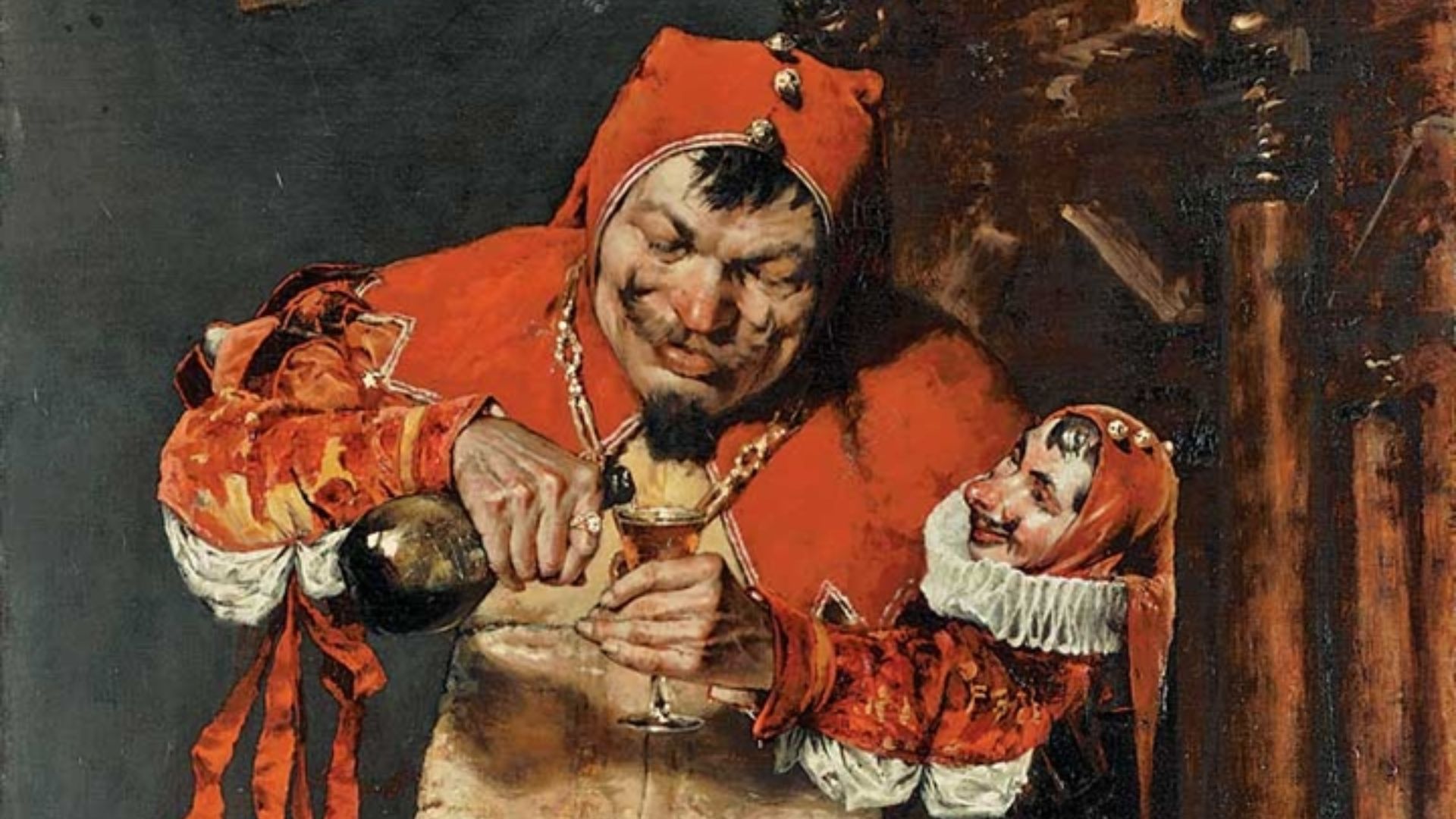 William Merritt Chase on Wikimedia
William Merritt Chase on Wikimedia
1. Triboulet (France, 1479-1536)
Francis I's fool once slapped the king's backside at a party. Francis, understandably irritated, told Triboulet he'd be hanged unless he could come up with an apology more offensive than the original act. Triboulet's response was, "I'm terribly sorry, Your Majesty. I didn't recognize you from behind." He lived.
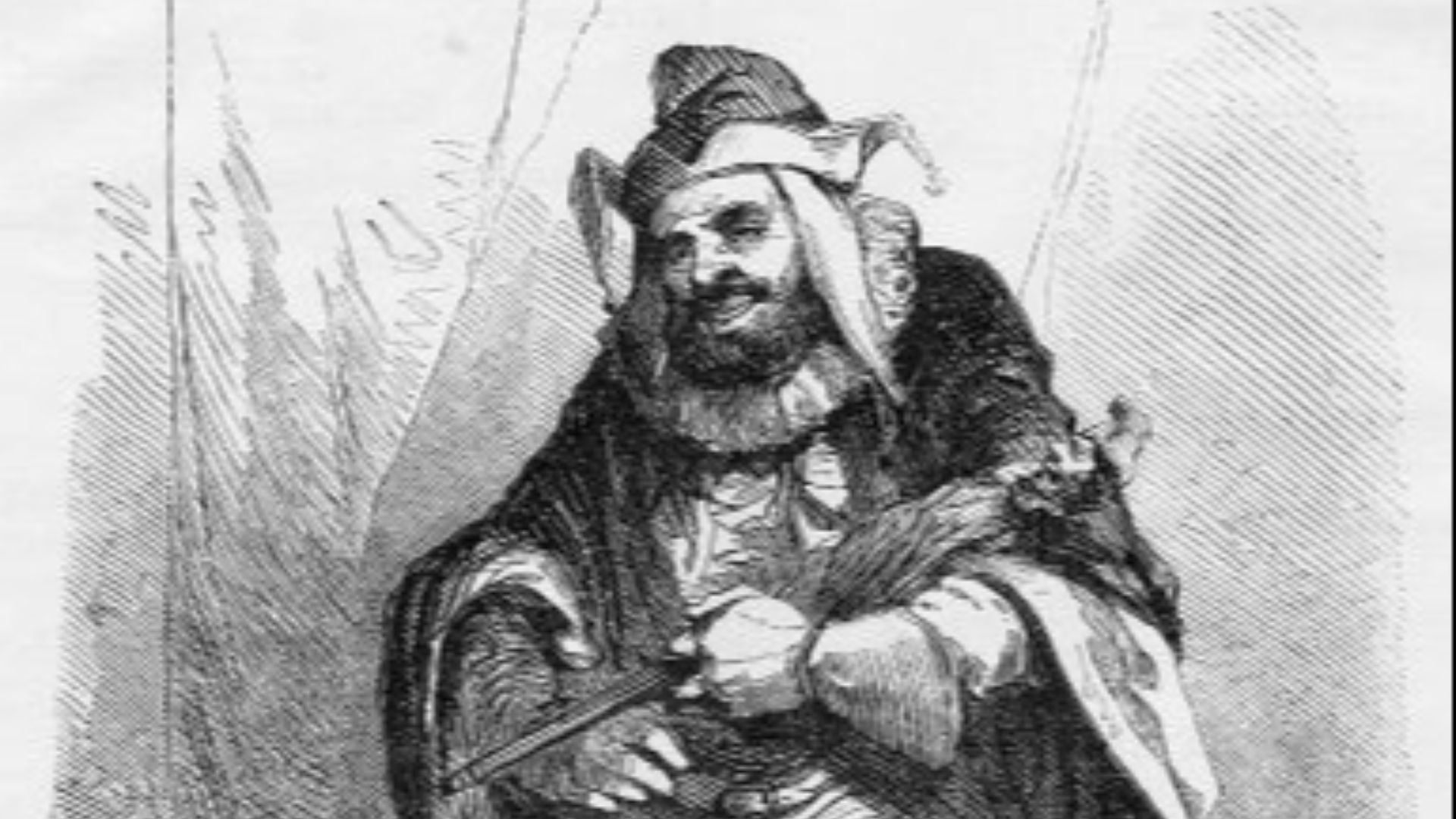 Jean-Adolphe Beaucé / Georges Rouget on Wikimedia
Jean-Adolphe Beaucé / Georges Rouget on Wikimedia
2. Stańczyk (Poland, 1480-1560)
Polish courts knew Stańczyk as the melancholy jester, which feels like a contradiction until you realize his sadness was its own form of social commentary. While nobles danced, he sat alone, contemplating Poland's political disasters.
3. Chicot (France, 1540-1591)
Henri III's jester was basically a spy with a good sense of humor. Chicot roamed the palace gathering intelligence, making people comfortable enough to speak freely around him. Chicot used this access to protect his king and occasionally blackmail nobles.
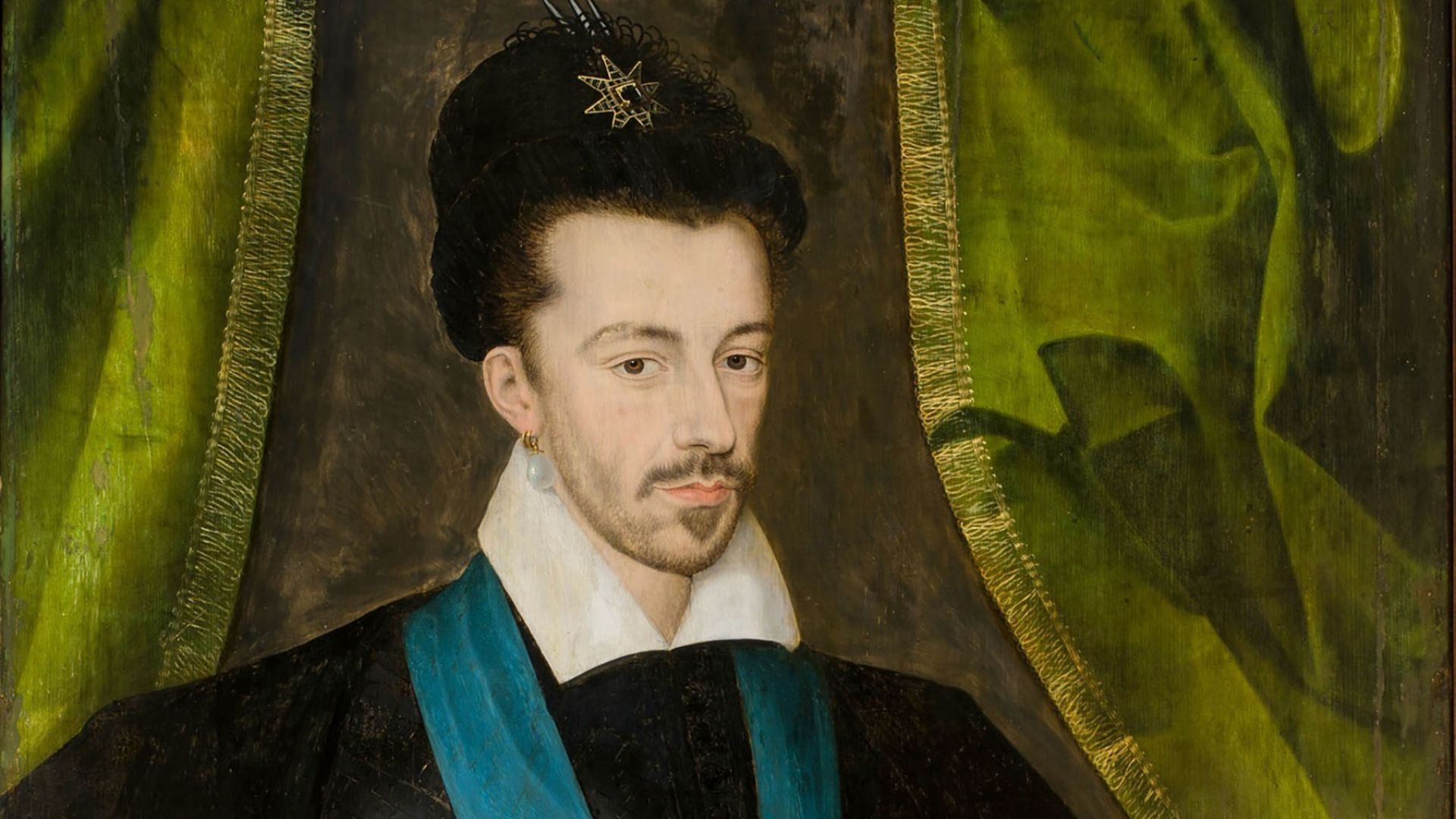 Attributed to Étienne Dumonstier on Wikimedia
Attributed to Étienne Dumonstier on Wikimedia
4. Will Sommers (England, 1525-1560)
Henry VIII's fool survived all six wives, which tells you something about his political instincts. Sommers knew when to joke and when to vanish. Henry kept him close through every marriage, divorce, and execution, probably because Sommers was one of the few people who treated Henry without fear.
5. Archibald Armstrong (England, 1568-1672)
Armstrong served both James I and Charles I until he made a fatal error by mocking Archbishop Laud. The Church didn't have the same sense of humor as the crown, and they stripped him of his position and his jester's badge, which was essentially his license to be offensive.
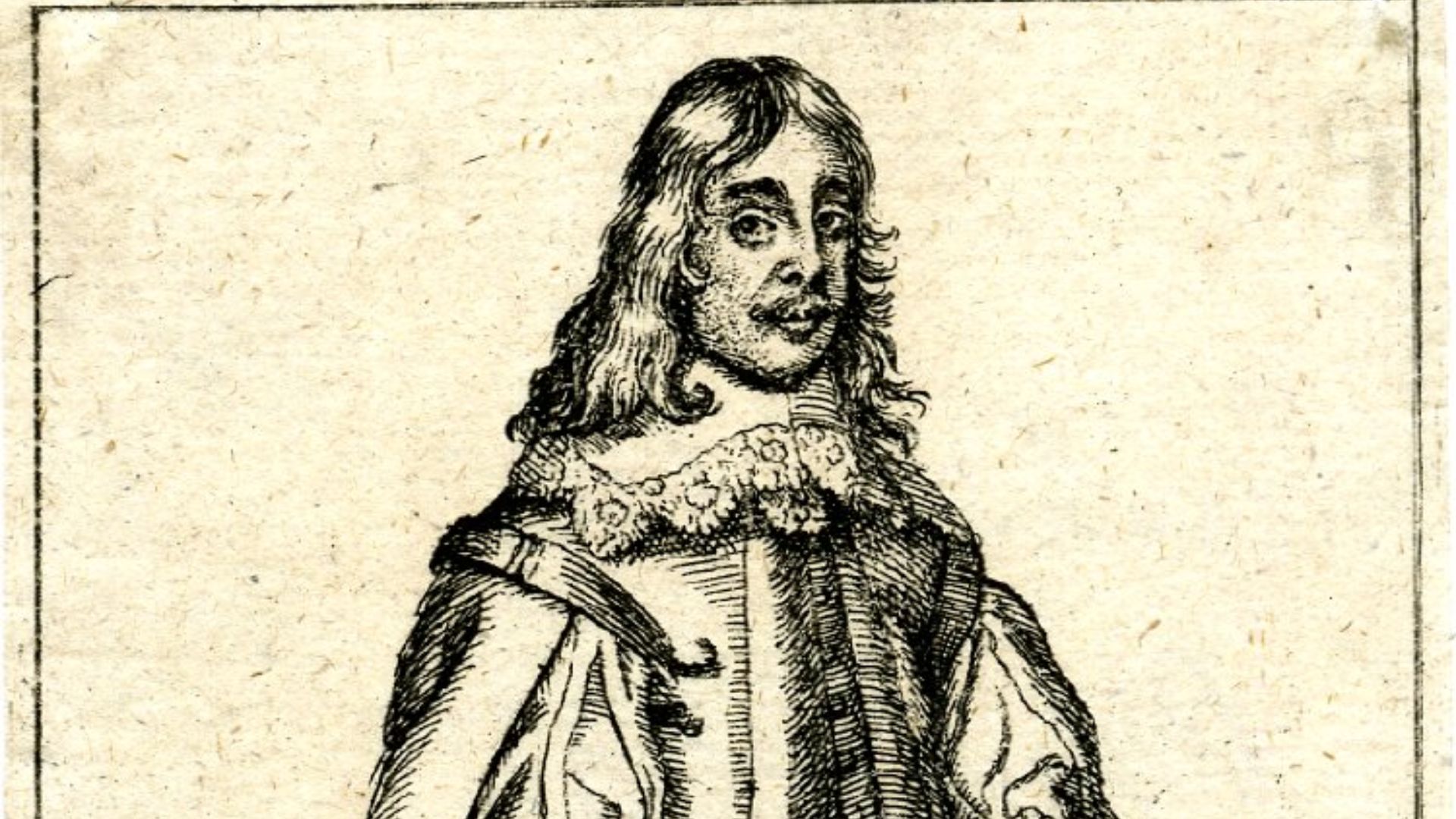 Print made by: Richard Gaywood on Wikimedia
Print made by: Richard Gaywood on Wikimedia
6. Nasreddin (Middle East, 13th century)
Half historical figure, half legend, Nasreddin rode his donkey backward through villages asking why people looked at him strangely. His stories spread across the Islamic world because they functioned as both entertainment and philosophical teaching.
7. Tenali Rama (India, 1480-1528)
This court poet to Krishnadevaraya of Vijayanagara solved problems through clever wordplay and logic traps. Once, when asked to cover a palace wall with paintings of different gods, he painted one deity and claimed all gods were manifestations of the same divine power.
8. Yorick (Denmark, possibly fictional)
Shakespeare's Yorick gets maybe five minutes of stage time as a skull in Hamlet, yet everyone remembers "Alas, poor Yorick." Whether he existed or not almost doesn't matter. This jester who made young Hamlet laugh, went on to become an eternal symbol of mortality.
 Lafayette Photo, London on Wikimedia
Lafayette Photo, London on Wikimedia
9. Balai (Ancient Egypt, 2500 BCE)
Recorded in tomb paintings as a dwarf jester to Pharaoh Pepi I, Balai represents the oldest known court fool. The Egyptians valued these performers enough to eternalize them on stone. Physical deformities often marked jesters throughout history, likely because it made them less threatening.
10. Claus Narr (Germany, 1486-1530)
Friedrich the Wise's jester had an interesting arrangement: he received a salary, room, board, and legal immunity for anything said in jest. Claus reportedly told Friedrich his soul was in danger from his luxurious lifestyle, in essence calling him morally corrupt.
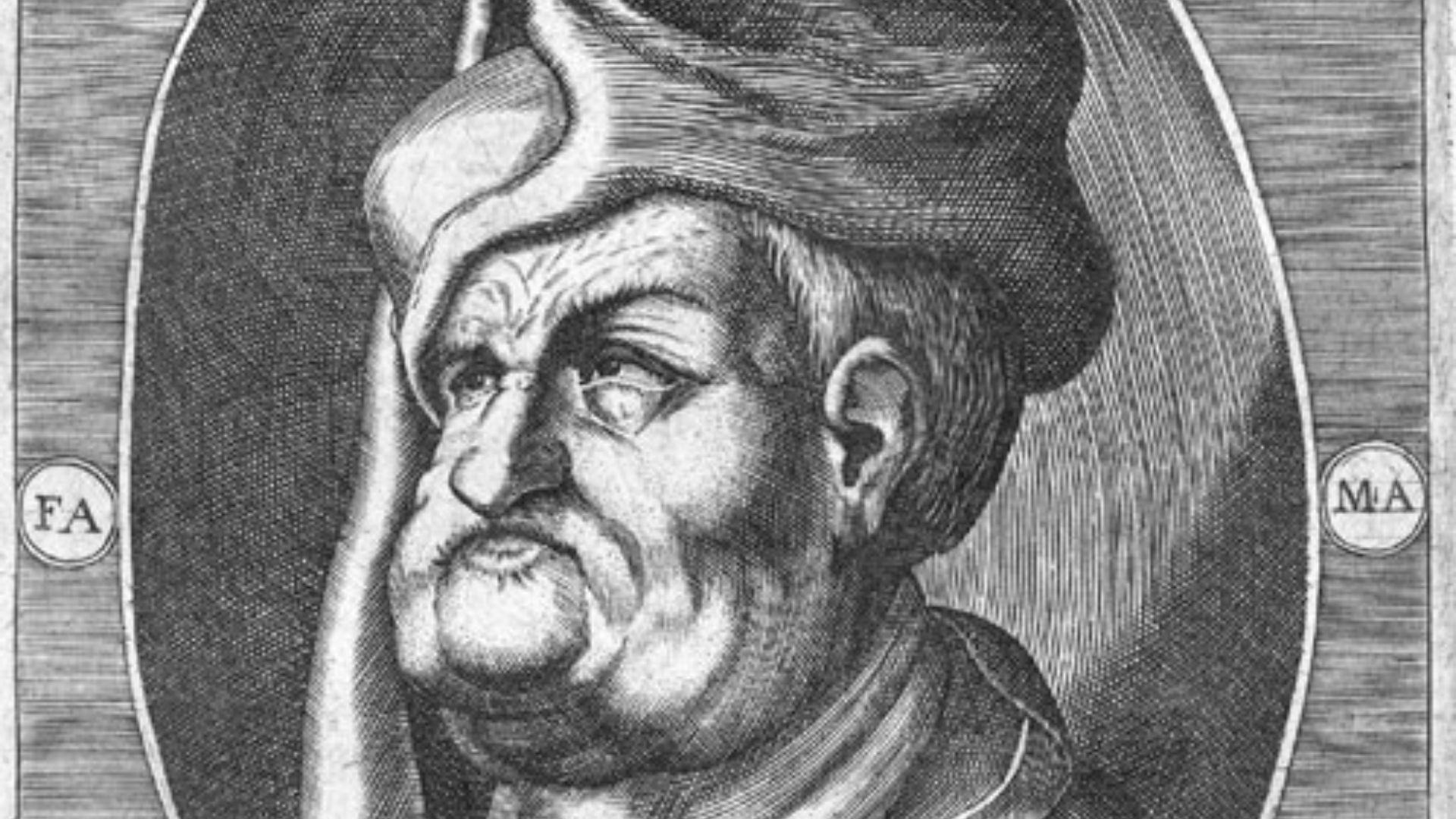 After Hans Sebald Lautensack on Wikimedia
After Hans Sebald Lautensack on Wikimedia
11. Birbal (India, 1528-1586)
Akbar the Great's closest advisor was technically a jester, though he functioned more as a wise counselor who delivered truth through humor. When Akbar asked how many crows lived in his empire, Birbal provided an exact number. Asked how he knew, Birbal replied: "Count them yourself. If there are more, relatives are visiting. If fewer, some have gone abroad."
12. Hitomaro (Japan, 8th century)
This court jester to Emperor Shomu used poetry as weapon and shield. Japanese court culture demanded sophisticated wordplay, so jesters worked on multiple levels. There was the surface joke, the hidden criticism, and the literary allusion all melded together.
13. Jeffrey Hudson (England, 1619-1682)
At 18 inches tall, Hudson was presented to Charles I and Queen Henrietta Maria inside a pie. His diminutive stature was barely an obstacle for him. He went on to become Captain of the Horse, fought in the English Civil War, killed a man in a duel, and got knighted.
14. Brusquet (France, 1500s)
He served several French kings with such offensive humor that even contemporaries described him as being over the top. Brusquet perpetually found the line and stepped over it, somehow remaining employed—and alive.
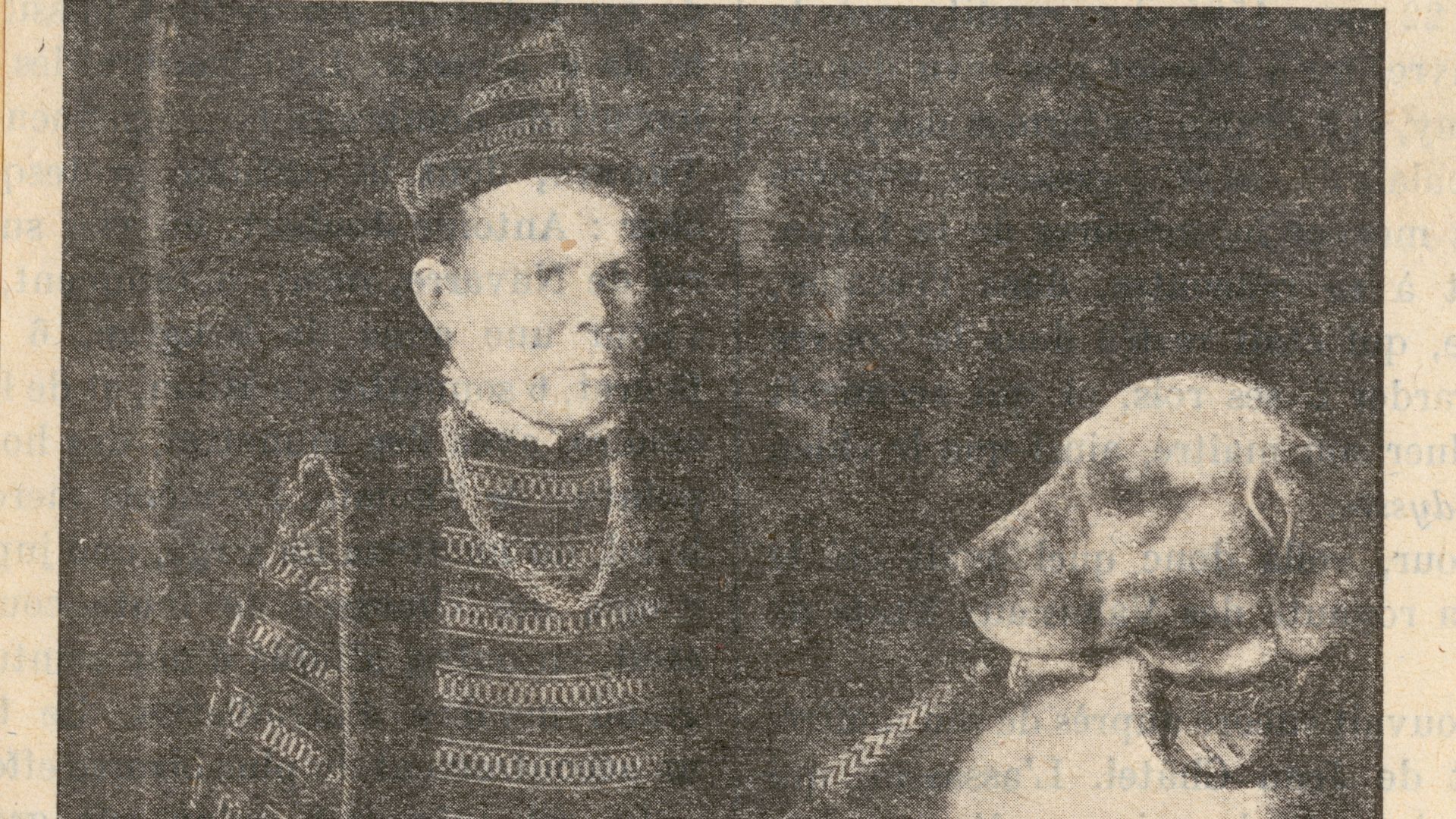 Antonio (Peintre) on Wikimedia
Antonio (Peintre) on Wikimedia
15. Muckle John (Scotland, 1570s)
James VI's fool was a whopping seven feet tall. Muckle John could manhandle nobles who disrespected him, and they couldn't retaliate without looking petty. His physical presence served as a kind social immunity.
16. Patch (England, 1530s)
Cardinal Wolsey's fool took his name from the patched, motley clothing jesters wore. When Wolsey fell from power, Patch transferred to Henry VIII's service. Professional jesters apparently had job mobility, moving between courts as their patrons rose and fell.
17. Dagonet (Britain, Arthurian legend)
According to legend, King Arthur's jester was knighted, making him Sir Dagonet—simultaneously a fool and a knight. The contradiction embodied what jesters represented: people who existed between categories, who could be both low and high, both truth-teller and liar.
18. Jane Foole (England, 1500s)
One of history's few recorded female jesters, Jane served Catherine of Aragon and later Mary I. Records describe her as “natural”, meaning mentally disabled. Natural fools were valued differently from career professionals and were sometimes more protected because their words weren't calculated.
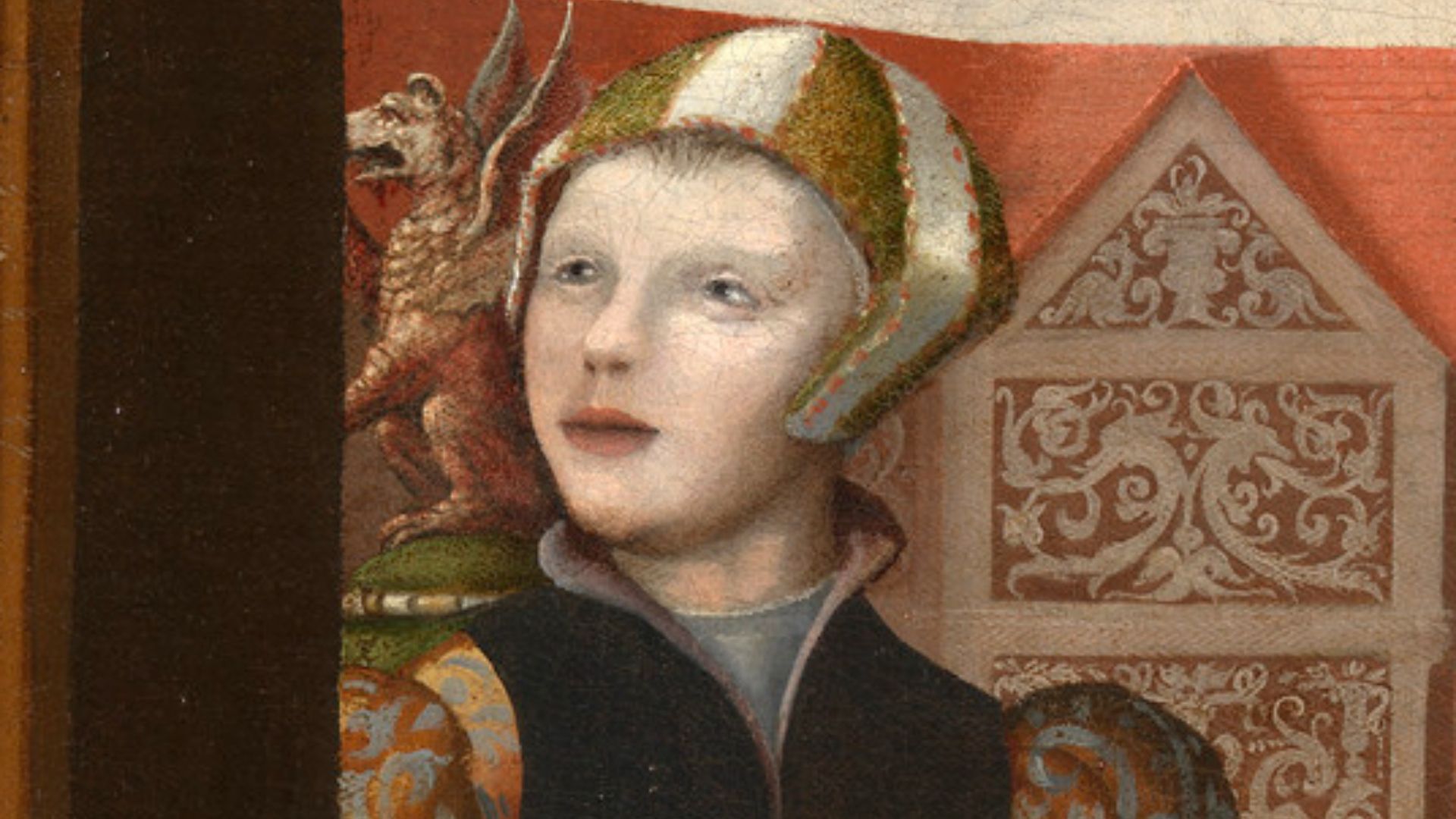 British School, 16th century on Wikimedia
British School, 16th century on Wikimedia
19. Kuang (Ancient China, 7th century BCE)
He advised King Zhuang of Chu through riddles and puzzles. When the king spent years neglecting his duties, Kuang asked about a bird that perched for three years without flying or singing. Criticism through parable meant the king could save face while taking the lesson.
20. Gonella (Italy, 1390-1441)
This court dwarf to the Este family in Ferrara appears in frescoes at Palazzo Schifanoia, preserved forever in Renaissance art. His image survives him, which maybe tells us something about how these figures were valued and considered worthy of immortalizing alongside nobles and saints.
KEEP ON READING

The Woman Without A Name
Mary Doefour was the woman without a name. In 1978,…
By Robbie Woods Dec 3, 2024
The 10 Worst Generals In History
Bad Generals come in all shapes and sizes. Some commanders…
By Robbie Woods Dec 3, 2024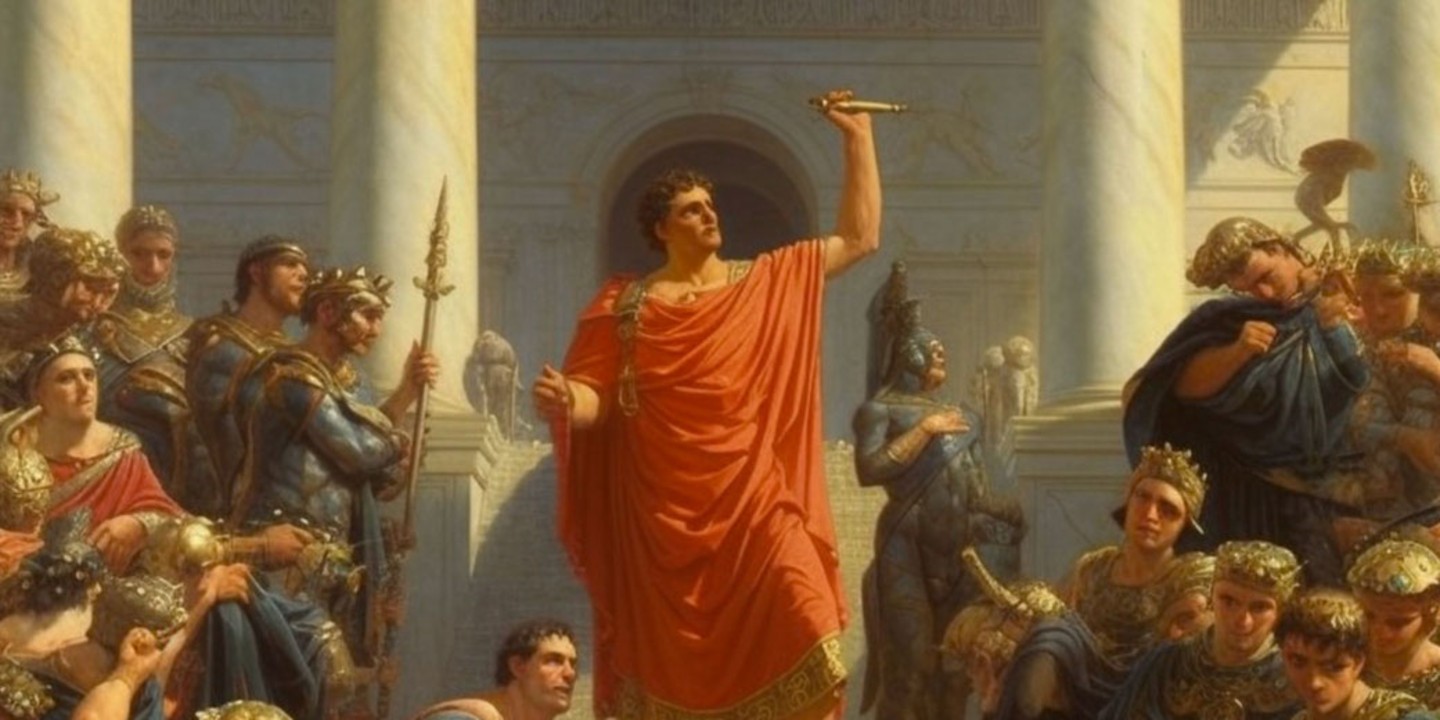
10 Historical Villains Who Weren't THAT Bad
Sometimes people end up getting a worse reputation than they…
By Robbie Woods Dec 3, 2024
One Tiny Mistake Exposed A $3 Billion Heist
While still in college, Jimmy Zhong discovered a loophole that…
By Robbie Woods Dec 3, 2024
The Double Life And Disturbing Death of Bob Crane
Bob Crane was the star of Hogan's Heroes from 1965-1971.…
By Robbie Woods Dec 3, 2024
The Most Surprising Facts About North Korea
North Korea may be the most secretive state in the…
By Robbie Woods Dec 3, 2024

